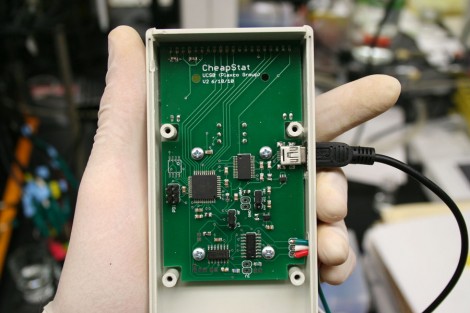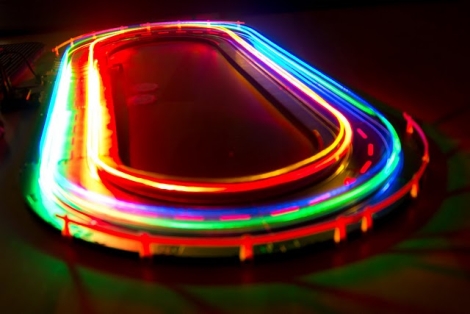
Cable management can really be an eyesore, but a little creative camouflage and you can have a cellphone charging station that also serves as decoration.
[Kitesurfer] wanted to use one of the cubbyholes in his new Ikea book shelf for charging but wasn’t keen on the rat’s nest of wires that would go along with it. Also not wanting to take on the challenge of wireless charging he hit the As-Is section of the home furnishing giant and grabbed a leftover board that matched the same finish as the cabinetry. It now serves as a false-back for the charging center behind which a power strip and wall-warts hide.
This covers up the problem, but a blank white box filled with the business end of the charging wires isn’t a whole to better. As with a magic show, the trick is in redirection. [Kitesurfer] cut a hole in the false-back and added the guts of a digital picture frame. Right now he’s got it scrolling through different charging icons, but it’s easy enough to change up the slide-show if he gets tired of them. We’d love to see a subsequent hack that lets the picture frame access the photos on your phone via Bluetooth.
















